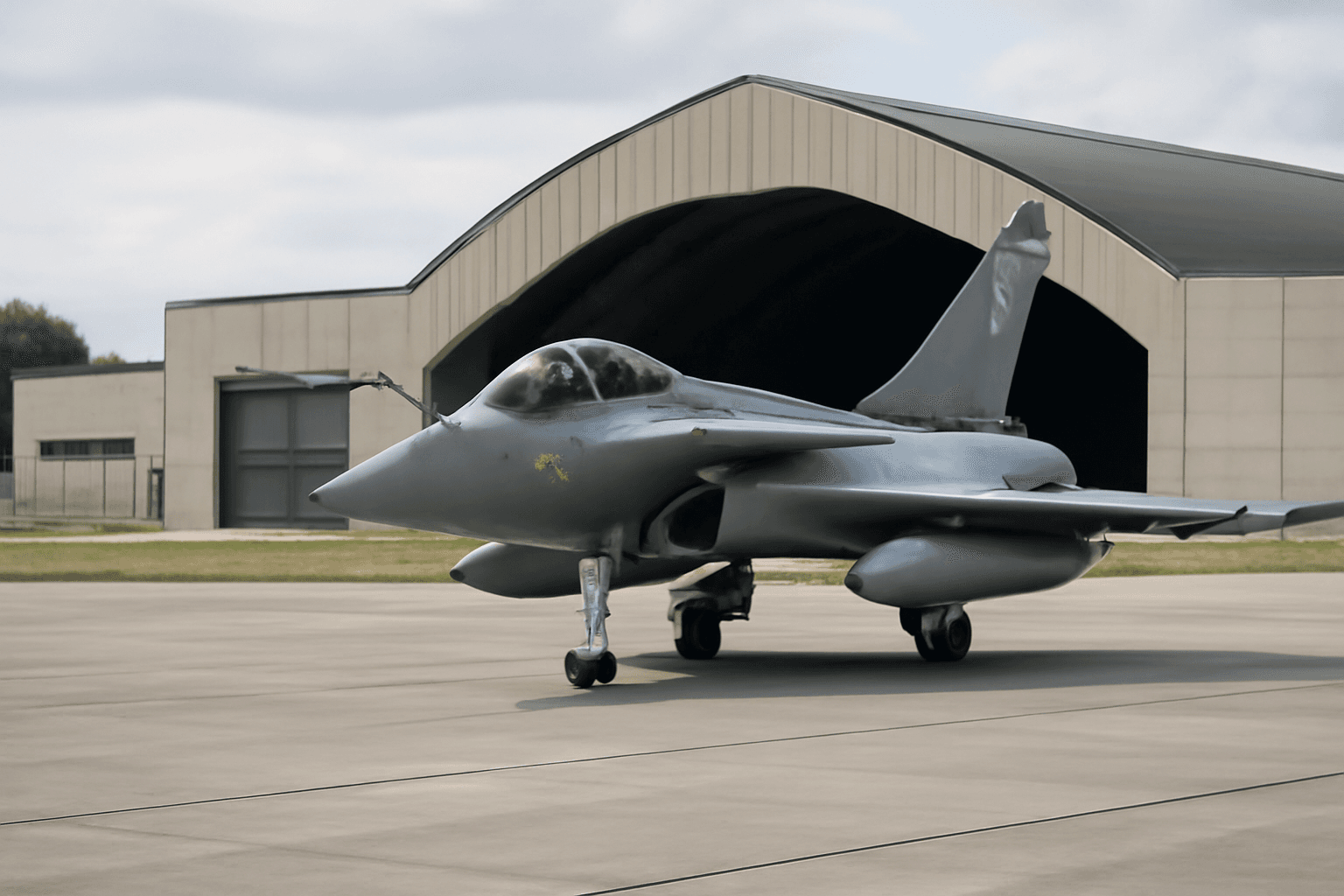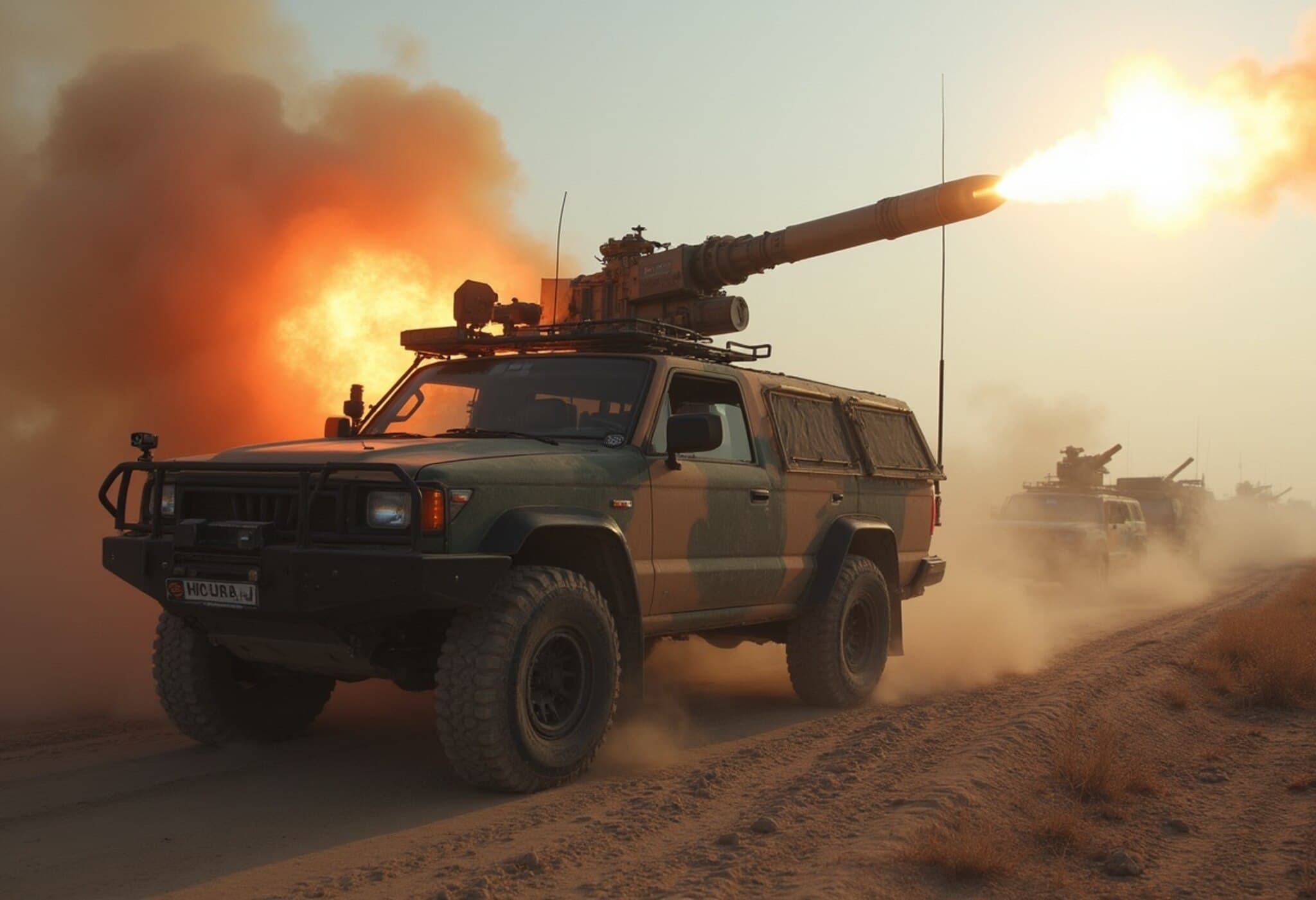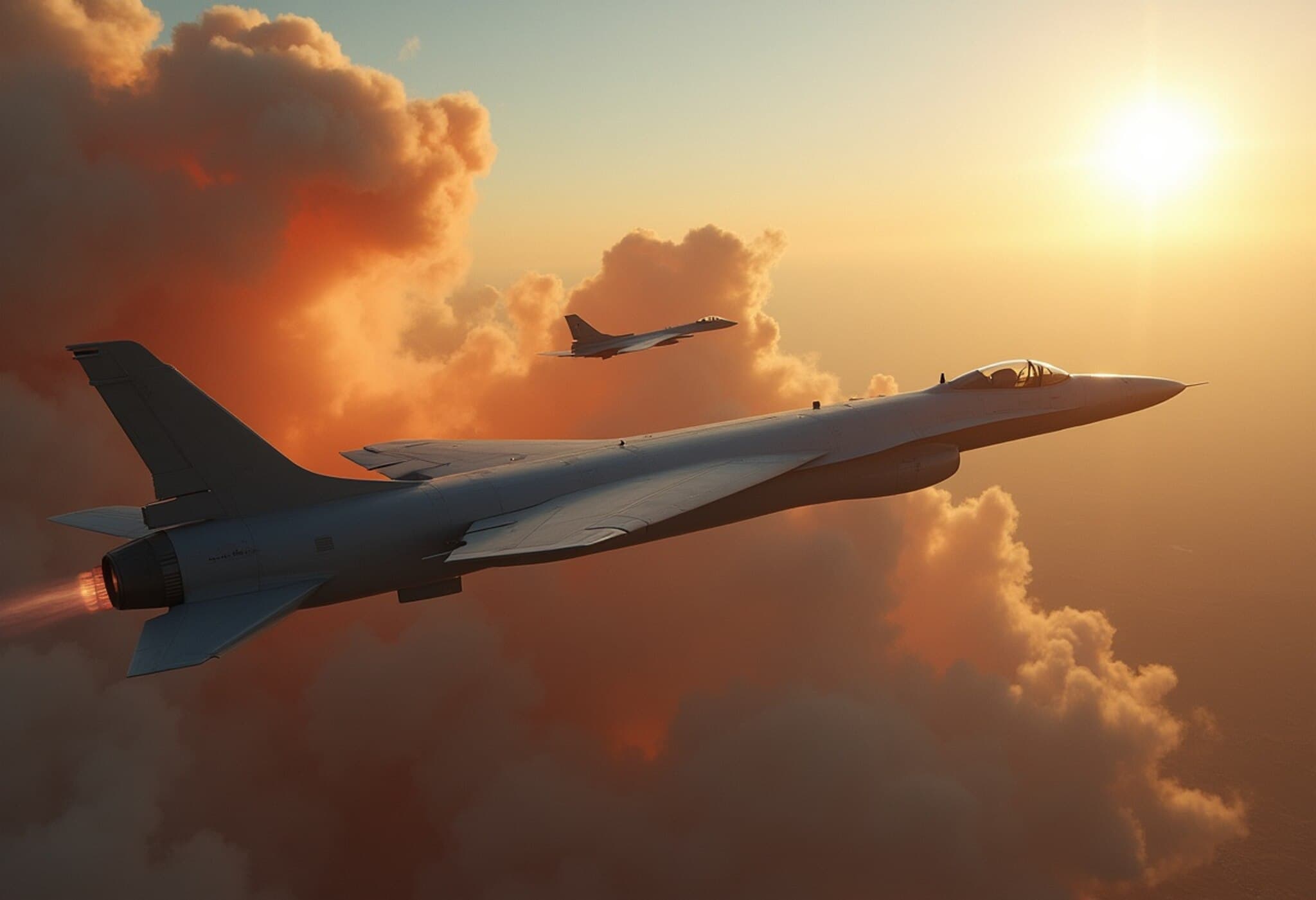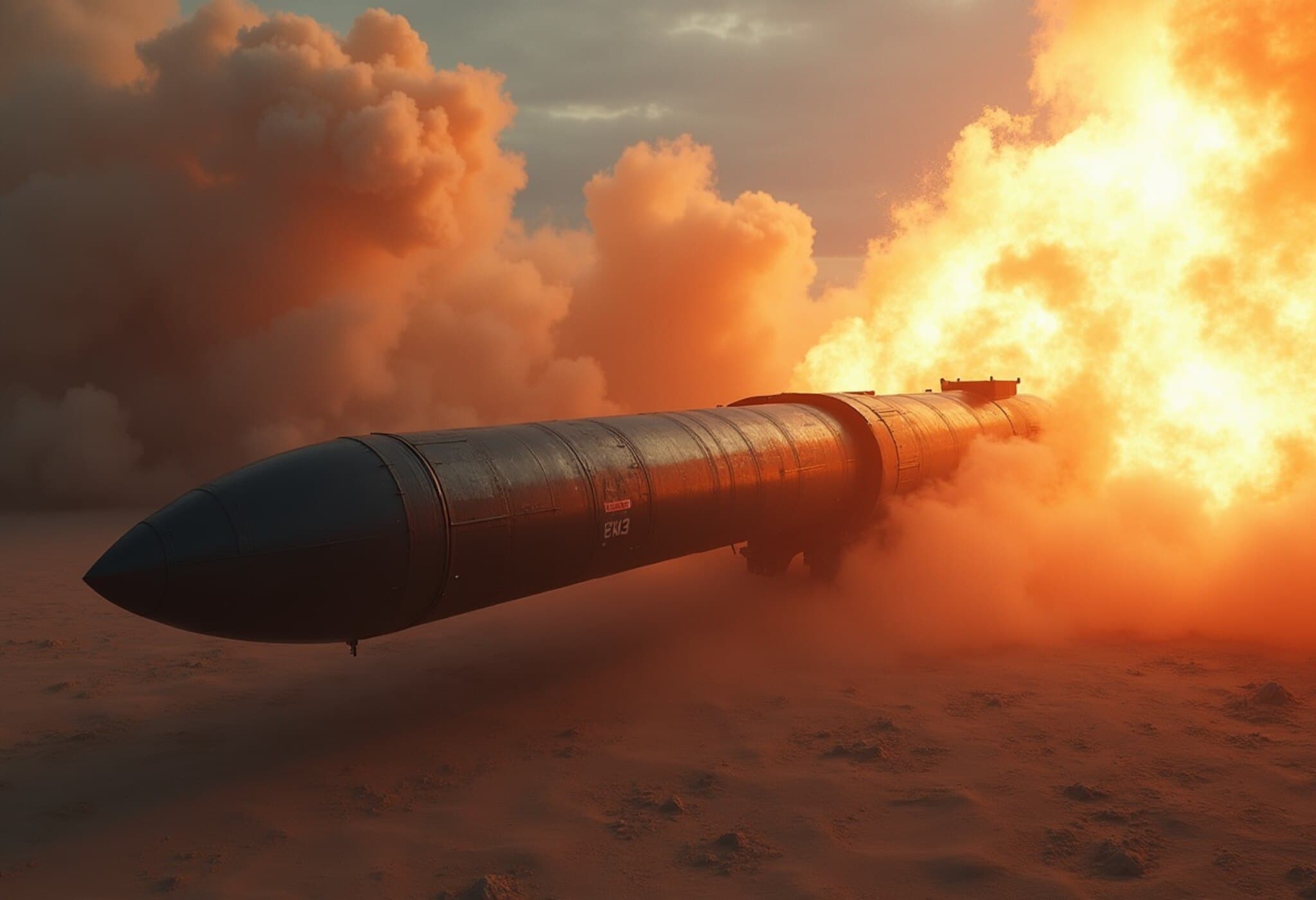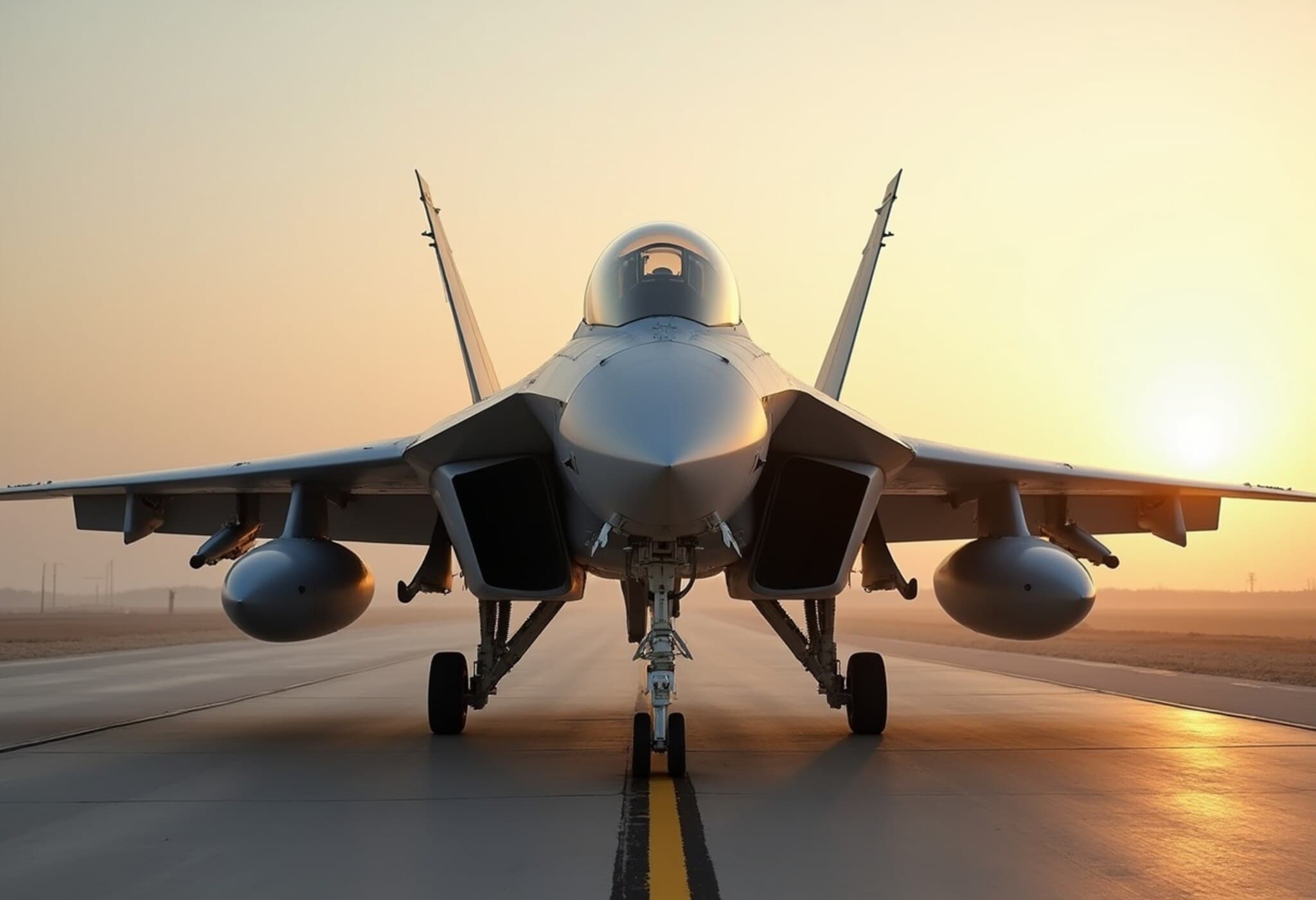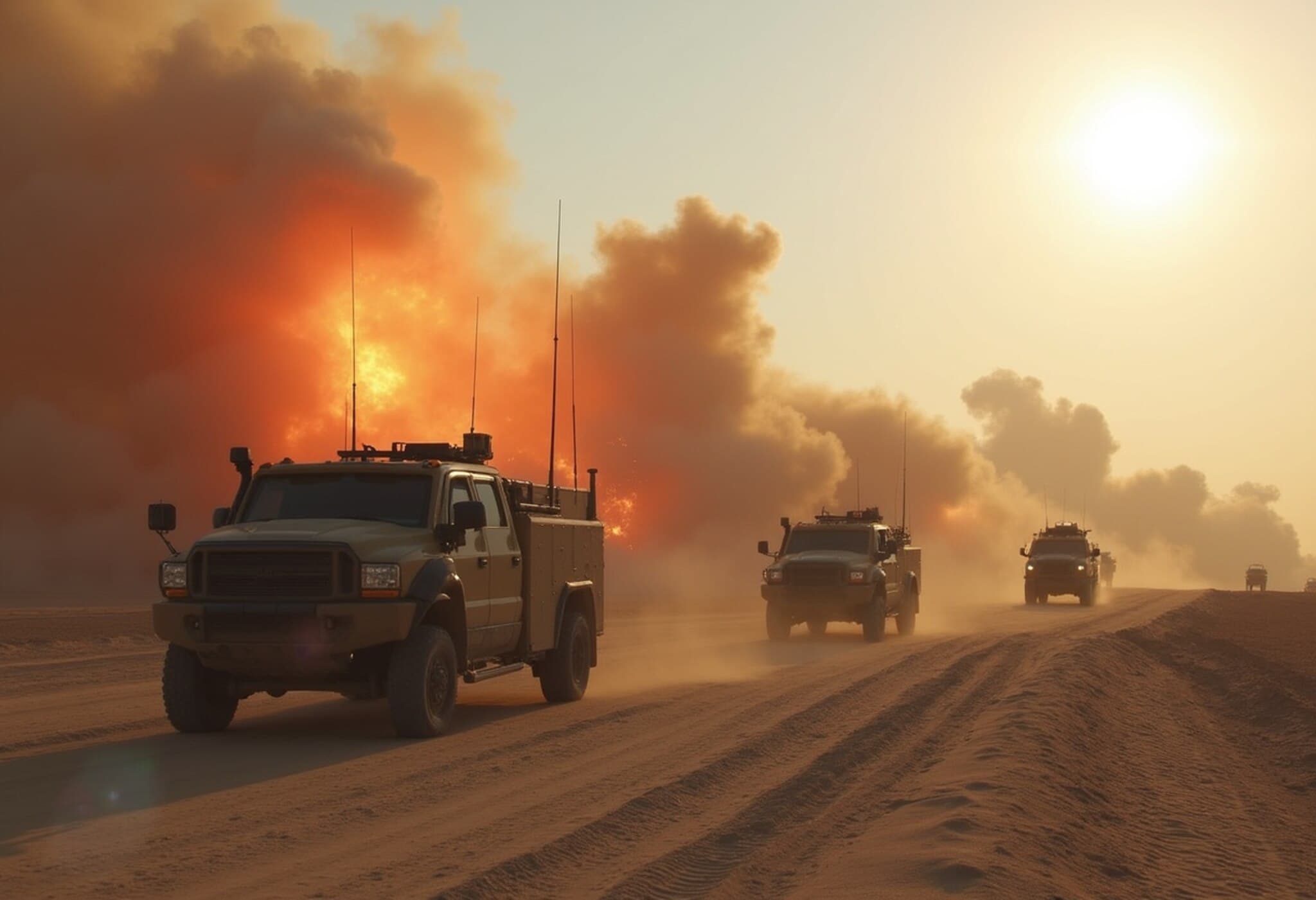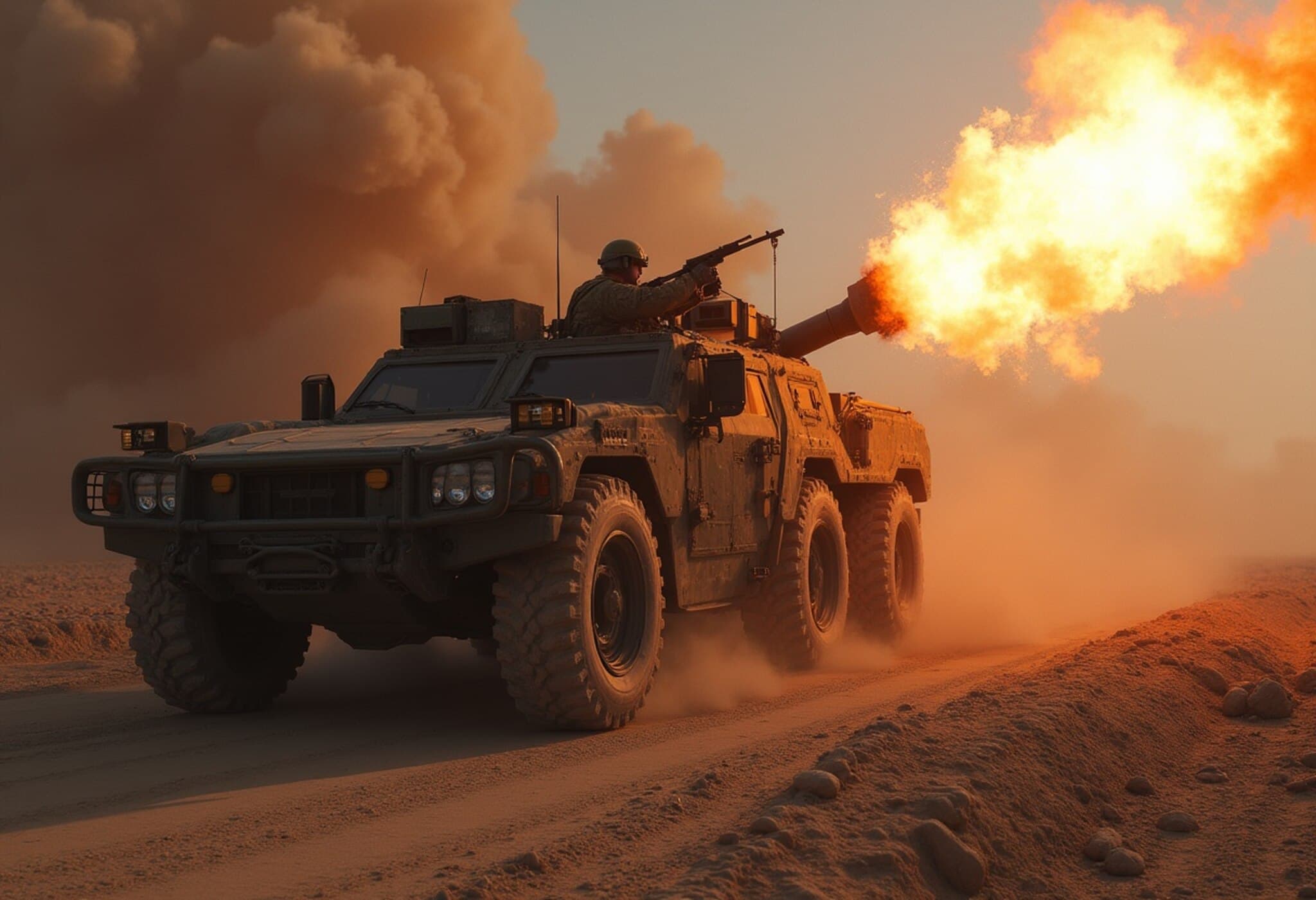How UFO Legends Helped Mask Classified Military Operations
For decades, the enigmatic Area 51 in Nevada has been at the heart of countless UFO conspiracy theories. From alleged alien encounters to crashed spacecraft, whispers about extraterrestrial technology have captivated imaginations worldwide. However, new insights reveal a strategic military ploy behind these enduring myths.
The Birth of a Deceptive Myth
During the Cold War, the United States Air Force took a unique approach to hide advanced technological developments. In the 1980s, a colonel was officially assigned a curious task — to fabricate and disseminate misinformation surrounding UFOs near Area 51.
Visiting a local bar close to the secretive base, the colonel handed over staged photos depicting flying saucers to the owner. This seemingly innocent stunt ignited a fresh wave of UFO rumors, diverting public curiosity from the real activities underway.
Stealth Technology Concealed Behind Alien Lore
This intentional misinformation campaign's primary goal was to obscure the testing of the then-top-secret F-117 Nighthawk stealth aircraft. Military officials concluded that intertwining experimental aircraft testing with alien folklore provided a convenient smokescreen against Soviet surveillance and prying eyes.
In essence, UFO myths became a cogent defensive measure, masking sensitive, cutting-edge defense projects from international adversaries.
Ongoing Use of UFO Motifs Within the Pentagon
The strategy didn’t end in the 1980s. Investigations led by the nation’s first director of the All-domain Anomaly Resolution Office (AARO), appointed in 2022, unveiled multiple instances where UFO conspiracies were deliberately nurtured internally.
- One notable example was "Yankee Blue," a well-known Air Force prank where new recruits were briefed on a mythical unit investigating alien tech. Many recruits were sworn to secrecy about this fabricated existence, continuing until a 2023 Pentagon directive halted the practice.
- The review also revisited the famous 1967 incident involving former Air Force captain Robert Salas, who claimed a UFO shut down nuclear missiles in Montana. However, AARO's research points to a failed electromagnetic pulse (EMP) test as the true cause — a test personnel were never informed about.
Separating Fact from Fiction
These revelations highlight how defense agencies tactically leveraged and manipulated UFO folklore to maintain secrecy around critical military advancements. By anchoring real projects within alien conspiracies, they created effective disinformation barriers that complicated enemy intelligence efforts.
Ultimately, what once seemed like mysterious extraterrestrial activity was often a clever diversion designed to protect national security during tense geopolitical times.
As interest in unexplained aerial phenomena continues to grow, understanding the origins of these myths sheds light on the complex dance between truth, secrecy, and storytelling in military history.




